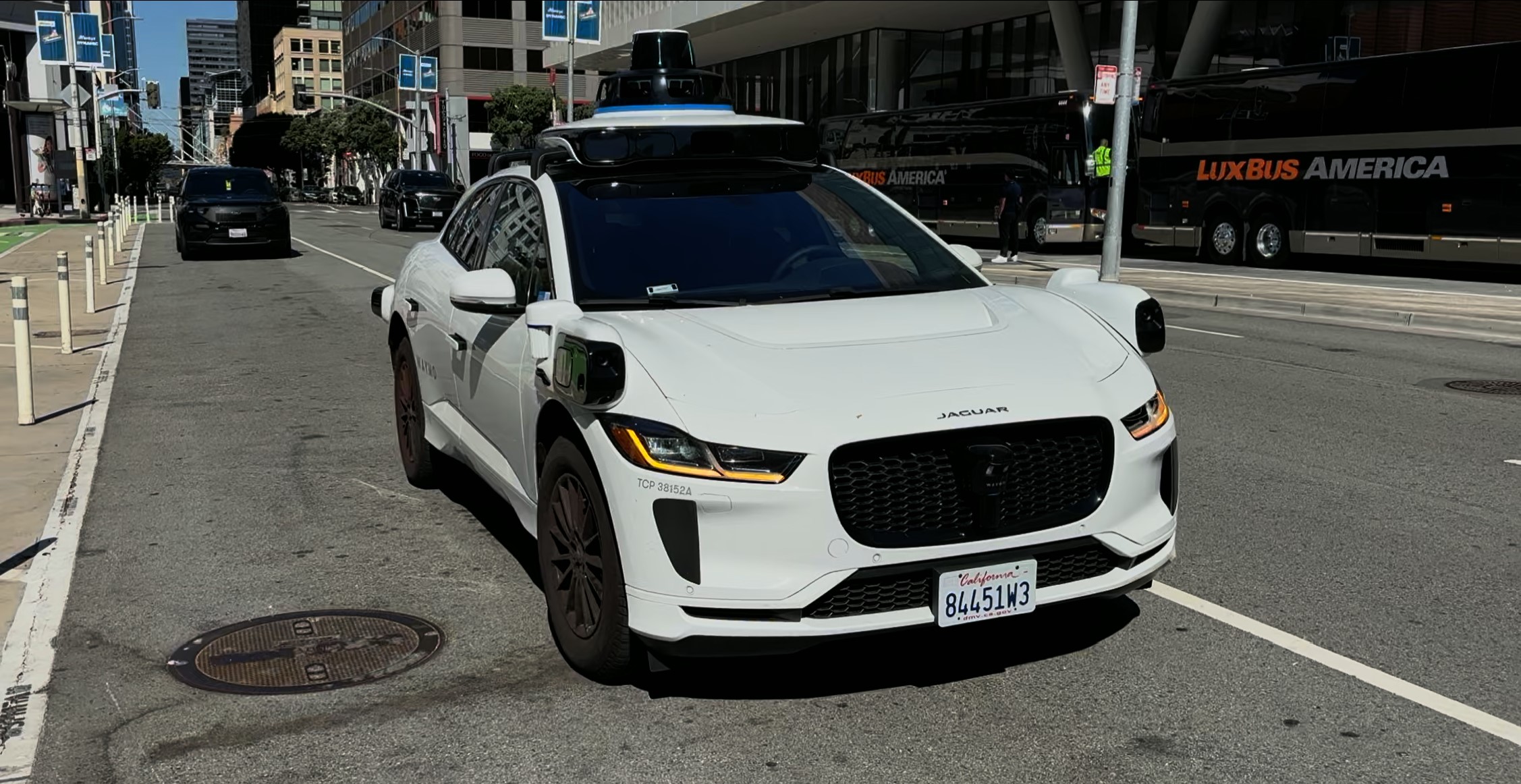Imagine that you are hailing a ride share vehicle. As it pulls up, you notice that it is missing a rather key element, a driver. While this may sound dystopian like something out of a science fiction movie, this is a reality in a handful of cities in California and Arizona. Autonomous ride share operator Waymo is ushering in a new way rideshare services are conducted. Join us as we ride on of Waymo’s autonomous rideshare vehicles through downtown San Francisco and see if the service is a valuable rideshare contender.
Company Background
Waymo’s routes date back to 2009 when Google began researching autonomous vehicle technology. Then in 2006, Google renamed the project and eventual brand into Waymo. In 2020 the first Waymo vehicle entered into revenue service. Insistingly, Waymo procures vehicles from Jaguar and Chrysler yet does a complete retrofit to level four autonomous operation at a dedicated facility in Detroit. Over 20,000 Jaguar I-Pace EVs are on order to meet growing demand. Currently Waymo operates in downtown San Francisco, Phoenix and Los Angeles. The next city in the pipeline for Waymo will be Austin Texas.
Account Setup And Booking
Setting up a Waymo account is done in a similar fashion as other rideshare operators. After imputing basic information, a credit card is required to set up the account. Those with a google account can link their account to the Waymo App. After setting up the account, it is fairly easy to select your desired pick up and drop off point. Similar to other rideshare platforms, you are given the details of the vehicles make and model as well as the license plate. To make things even more recognizable, you can configure the top dome strcture of the vehicle to display your initials in your desired color. This is a rather unique feature that makes spotting your assigned vehicle rather easy and fun.
First Impressions
The Waymo sent a notification that the vehicle was less than a minute away from the pick up point. Before long, the vehicle pulled up to the desired pick up point. As an added safety feature, the doors were locked and could only be unlocked through the Waymo app. The rear passenger compartment was clean and resembled a typical crossover interior. Beside the lack of a driver, the other noticeable change is the small screen below the center console. Once ready, we had to select go on the screen to begin our journey. It is almost surreal, how smoothly the vehicle departed from the pick up location, hard to believe there is no physical driver at the controls.

Onboard Experience
There is a good amount of music and audio content to choose from using the screen below the center console. It is also possible to link your spotify playlist through the Waymo app. Other information can be displayed on the screen including a route map, vehicle information and the support feature which lets you get in touch with a live support agent should the need arise. Throughout the journey the vehicle operated smoothly making gentle acceleration and braking. There were times however where the vehicle would randomly stop adjacent to the curb before proceeding.


Arrival
Our Waymo vehicle pulled into the drop-off location without much fuss. It did alert to a cyclist approaching and to be cautious when opening the doors. For around $14, the ride provided a good value for the money and was competitive with other rideshare apps. The one plus side of Waymo is that you do not feel compelled to leave a tip. Given that Waymo only operates in three cities, the long term viability of the platform comes into question. That being said, it does provide a positive outlook on what the future of transportation around congested city centers may look like in the not so distant future.


